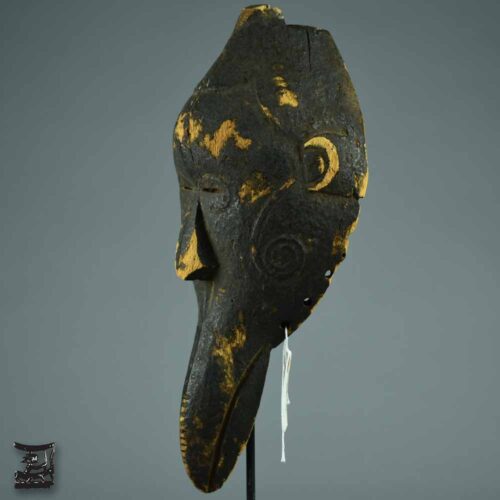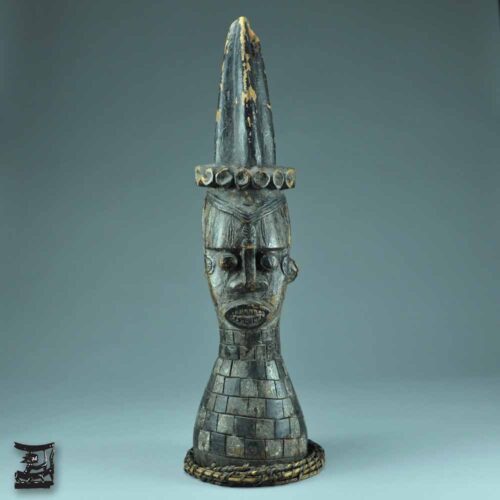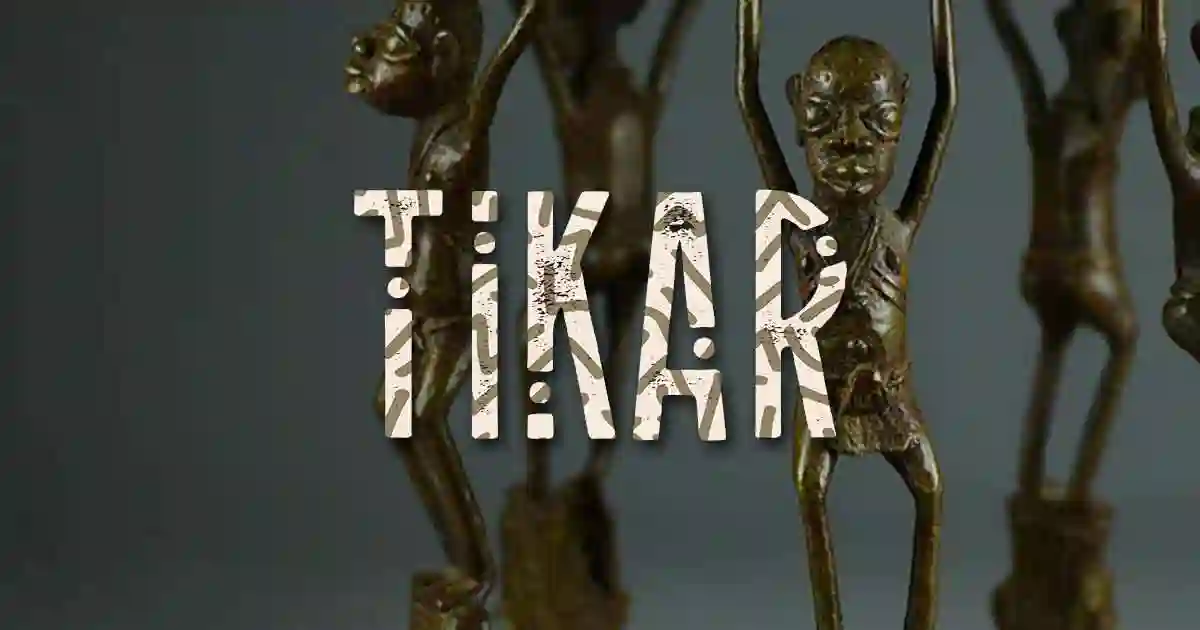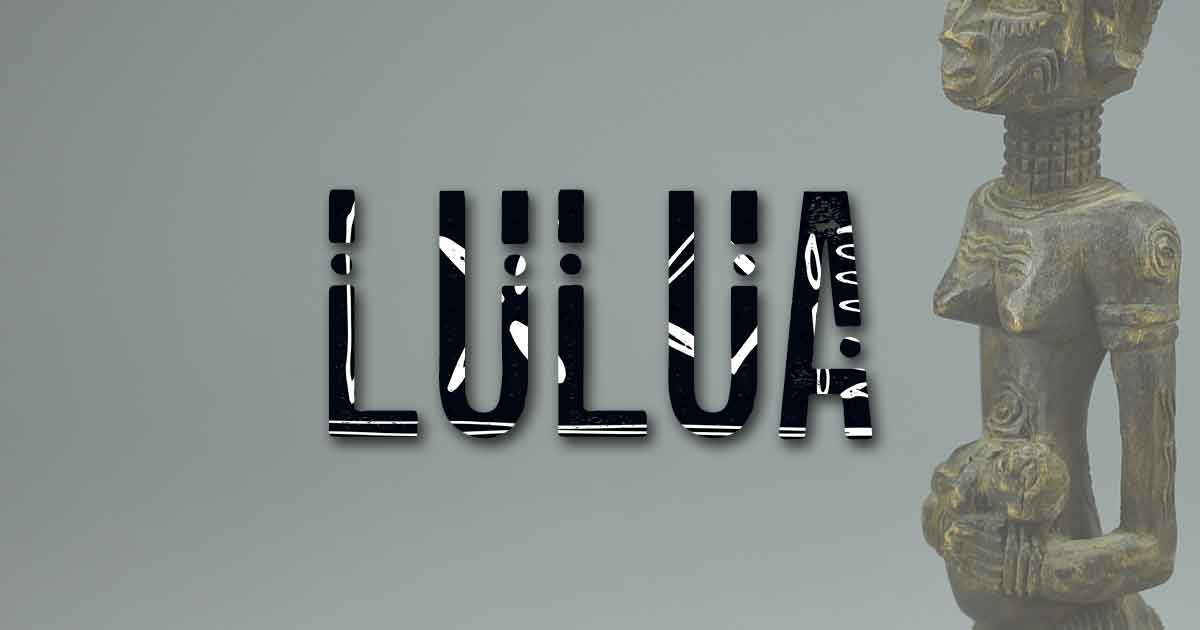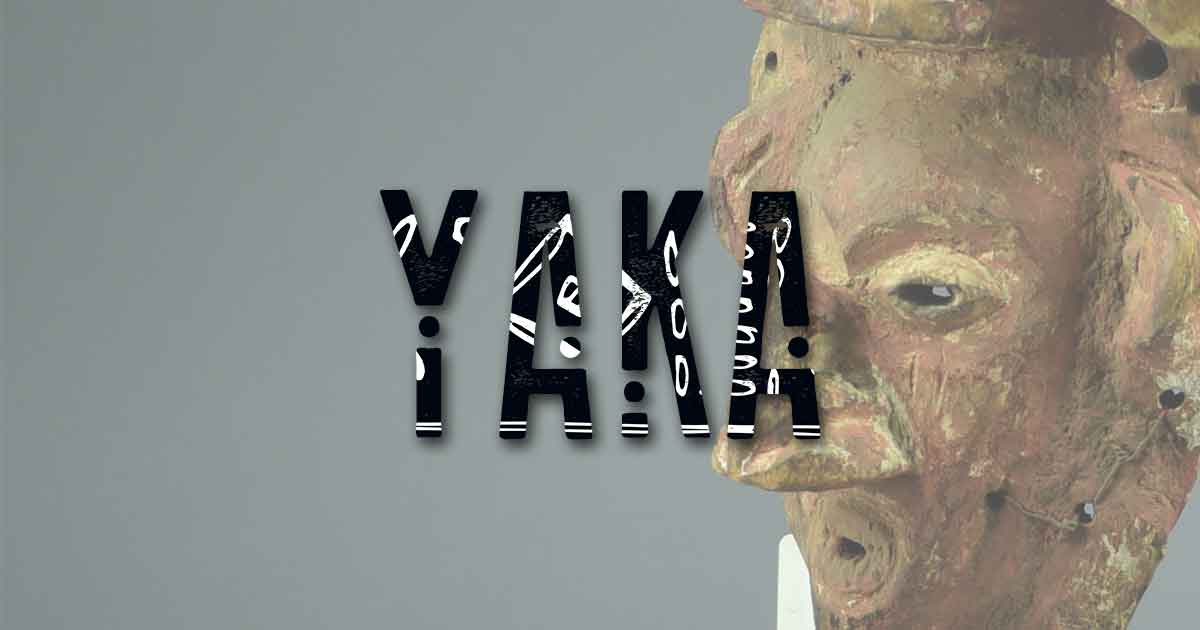Urhobo People
Urhobo People
Elegance in Tradition
The Enigmatic Urhobo People and Their Art
A burgeoning interest in the cultural significance and aesthetic value of African art has created a compelling narrative for art collectors worldwide. Among the numerous ethnic groups in Africa, the Urhobo people, who hail from the southern part of Nigeria, have a rich heritage of artistic expression that deftly interweaves with their daily lives, social customs, and centuries-old traditions. This in-depth exploration of the Urhobo people and their art is a testament to the depth of history and creativity that exists within this community, offering a fascinating journey for African art enthusiasts seeking to connect with profound cultural narratives.
A Glimpse into Urhobo Life and Culture
With a population of over two million, the Urhobo people are one of the largest ethnic groups in Nigeria. They are renowned for their traditions, including an intricate governance structure, a fervent belief in the value of oral history, and a celebration of life deeply rooted in spiritual practices. The land of the Urhobo is fertile ground for their agricultural pursuits and is viewed with a level of reverence and respect that is characteristic of indigenous African communities.
One of the most compelling aspects of Urhobo culture is the Ekine society, a vital institution for social and religious cohesion that not only tutored young men about the community’s norms but also featured prominently in the performance of Iria ceremonies, which marked a girl’s coming of age. These ceremonies, like many other of the Urhobo traditions, have inspired immense artistic outputs, each piece telling a unique story reflective of their culture.
The Language of Urhobo Art
Art is the language through which the Urhobo people communicate their values, beliefs, and histories. Their artistic tradition is distinguished by the broad range of materials they use, including ivory, brass, clay, cloth, wood, and plant fibers. Each material is carefully selected for its symbolic significance and the message it is meant to convey.
While traditional Urhobo art is often typified by geometric patterns and intricately carved designs, it’s the adaptability and evolution of their art forms that imbue them with a timeless quality. The use of color, texture, and form conveys not only the storytelling aspect of their art but also the spiritual and mystical qualities that are hallmarks of Urhobo culture.
Iconography in Urhobo Art
In Urhobo art, symbolism is paramount. Each motif, whether it’s a repeated series of lines, a complex lattice pattern, or a representation of a human figure, carries with it a specific meaning. One of the most iconic motifs in Urhobo art is the portrayal of spirits known as ‘ale’ within the context of intricate masquerade costumes. These masks, and the ceremonies they are part of, are central to the Urhobo religious framework, bridging known and unknown worlds.
Furthermore, the practice of scarification, body painting, and the adornment of the human body with various ornaments forms a significant portion of Urhobo visual expression, making their art more than simply objects to be viewed, but an integral part of the living culture.
The Spiritual Dimension
Spirituality is a cornerstone of Urhobo life, and their art serves as a vessel for religious expression and the invocation of ancestral presence. Elaborate shrines, cleaned and maintained by the indigenous priests, or ‘oghughu’, are decorated with objects and sculptures, each linked to stories of their creation and ancient practices.
It is within these sacred spaces that the Urhobo’s connection to their ancestral spirits is most profoundly expressed. The sculptures within these shrines are the embodiment of the divine, simultaneously revered and feared, representing a spiritual power that demands both respect and awe.
The Journey for Art Collectors
For the discerning collector, the quest for Urhobo art is a journey that combines an appreciation for aesthetic beauty with a deep respect for the cultural origins of the works. Pieces such as ivory tusks, intricately woven textiles, ceremonial regalia, and carved wooden figures are more than artifacts; they are windows into a world rich with meaning, where every line, every pattern, and every form tells a story of generations past and living spirits.
As collectors engage in acquiring Urhobo art, they become patrons of cultural preservation, actively participating in the conservation of a rich and diverse African heritage.
Building Bridges Through Art
The appreciation of Urhobo art is not just a personal or cultural experience—it’s also a universal one that can build bridges between different parts of the world. African art, by its very nature, is not confined by geography or ethnic boundaries; it speaks to the human experience in broad strokes and profound subtleties.
As the global community becomes increasingly interconnected, the narrative around African art
—especially that which reflects the ancient grace and contemporary vitality of the Urhobo people
—will continue to inspire, educate, and unite collectors, enthusiasts, and the public in a shared celebration of diversity and creativity.
Conclusion: Urhobo Art as a Living Expression
The art of the Urhobo people is not static; it is a living expression that constantly evolves while remaining firmly rooted in tradition. Its significance is not only historical but also present, holding a mirror to the past while enabling contemporary interpretations and insights.
As you delve into the world of Urhobo art, you are not merely observing or acquiring works of beauty—you are engaging with a legacy of creativity that serves as a dynamic medium for cultural communication, enriching the human spirit and offering a poignant reminder of the universal language spoken by the art of all peoples.
Get updates about our new items, news and information.
We will process the personal data you have supplied in accordance with our privacy policy.

